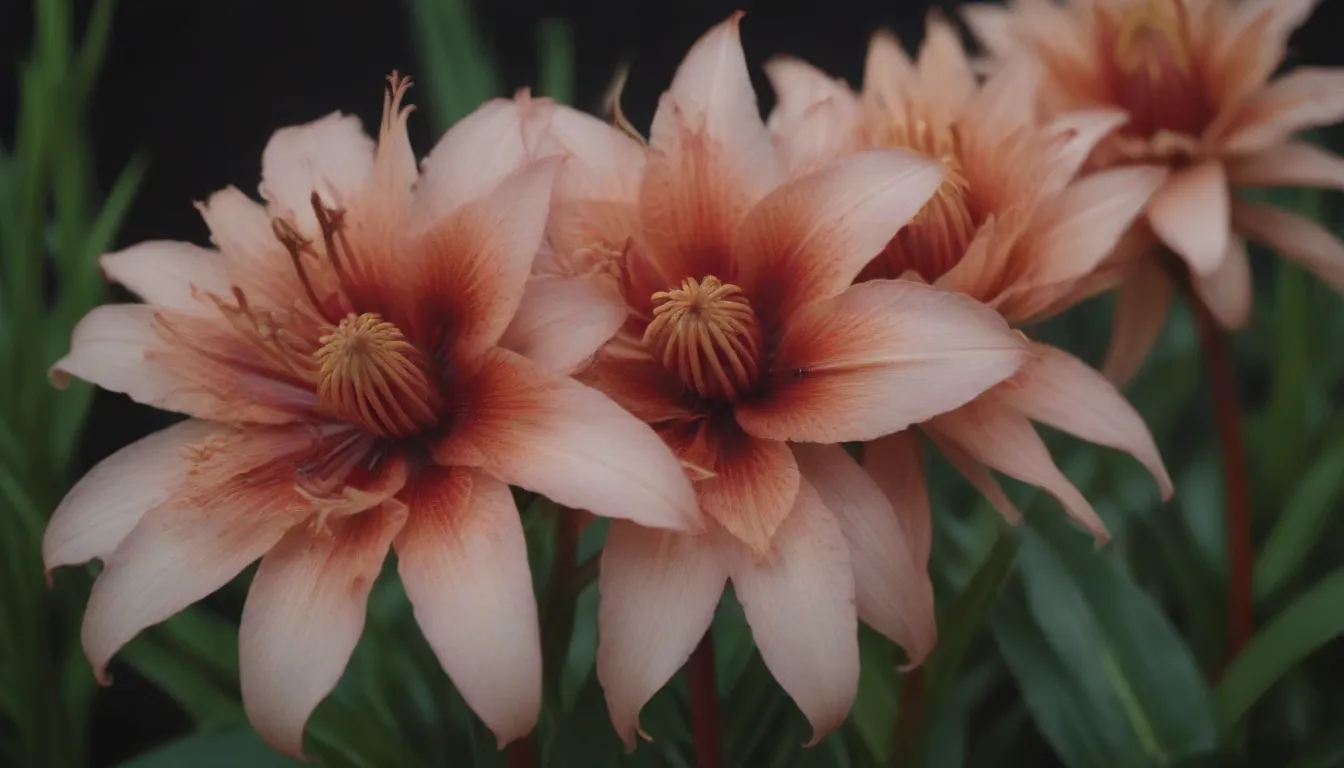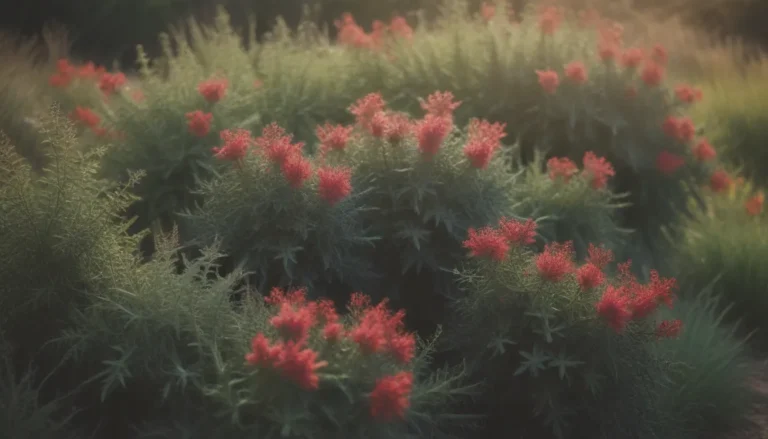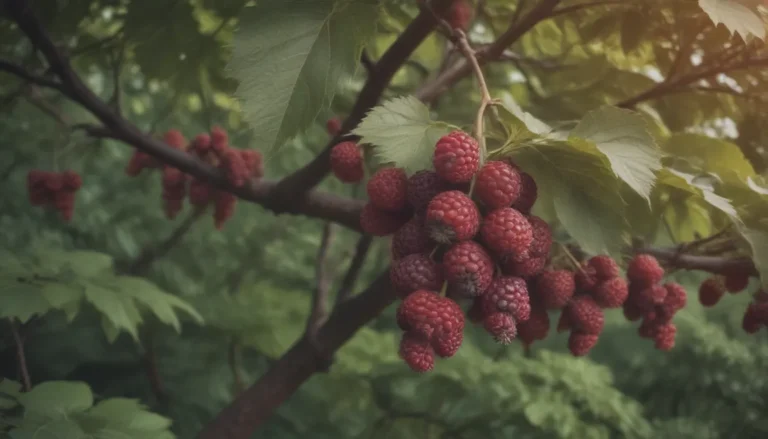A Complete Guide on How to Grow Blood Lilies

Are you looking to add a touch of exotic beauty to your garden with the stunning blood lilies? Also known as Scadoxus multiflorus or Haemanthus multiflorus, these unique plants are sure to make a statement with their large, spherical flower heads that resemble red fireworks or fireballs. In this comprehensive guide, we will explore everything you need to know to successfully grow and care for blood lilies, from planting to propagation and overwintering. So, let’s dive in and learn how to cultivate these fascinating plants in your own backyard.
Getting to Know Blood Lilies
Before we delve into the nitty-gritty of growing blood lilies, let’s take a moment to understand the basics of these striking plants.
- Botanical Name: Scadoxus multiflorus
- Common Name: Blood Lily
- Plant Type: Perennial
- Mature Size: Up to 18 inches tall
- Sun Exposure: Bright, indirect light or partial sun
- Soil Type: Loamy or sandy soil
- Soil pH: Neutral to slightly acidic
- Bloom Time: Late spring to early summer
- Flower Color: Red with yellow-tipped stamens
- Hardiness Zones: 9-11
- Native Area: Africa
- Toxicity: Toxic to pets if ingested
With its eye-catching appearance and minimal care requirements, the blood lily is a great addition to any garden or container.
Blood Lily Care Tips
Despite its exotic appearance, caring for blood lilies is relatively easy and straightforward. Here are some essential care tips to ensure your plants thrive:
-
Light: Provide bright, indirect light or partial sun, as intense sunlight can harm the plant. Afternoon shade is recommended to protect the plant from the hot afternoon sun.
-
Soil: Use loamy or sandy soil that is rich in nutrients and well-draining. Avoid soggy soil, as blood lilies prefer slightly moist conditions.
-
Water: Water moderately, keeping the soil slightly moist during the growing season. Stop watering after the flowers fade and allow the plant to go dormant. Resume watering when new growth appears.
-
Temperature and Humidity: Blood lilies prefer warm temperatures above 60 degrees Fahrenheit and high humidity levels. Protect the plant from frost and cold weather, especially during winter.
-
Fertilizer: Feed the plant every two weeks during the growing season with a high-phosphorus fertilizer to promote healthy growth and blooming. Stop fertilizing during the dormant period.
By following these care tips, you can ensure that your blood lilies thrive and produce spectacular blooms year after year.
Propagating Blood Lilies
If you’re looking to expand your blood lily collection, propagating them through offsets is a simple and effective method. You can also grow blood lilies from seeds, which are typically found in the plant’s red berries.
-
Propagating Offsets: Separate offsets from the parent plant and plant them in a separate container with well-draining soil. Keep the soil moist and watch as new plants emerge.
-
Growing from Seeds: Harvest seeds from the plant’s red berries and plant them in a seed-starting mix. Keep the soil moist and provide bright, indirect light for optimal germination.
Whether you choose to propagate through offsets or seeds, you can enjoy a bountiful display of blood lilies in your garden.
Potting and Repotting Blood Lilies
Blood lilies do not require frequent repotting and actually prefer to be left undisturbed. However, if repotting is necessary, follow these steps to ensure a successful transition:
- Gently remove the plant from its container, taking care not to disturb the roots.
- Repot the plant in a mixture of potting soil and sand for optimal drainage.
- Water the plant thoroughly and allow excess moisture to drain from the pot.
By following these guidelines, you can repot your blood lilies with minimal stress to the plant.
Overwintering Blood Lilies
Since blood lilies are not cold-hardy, it’s essential to overwinter them properly to ensure their survival. Whether you grow them in the garden or in containers, follow these steps to protect your plants during the winter months:
-
Garden Plants: Dig up the bulbs in the fall, place them in peat moss, and store them in a warm area away from frost, such as a greenhouse. Keep the bulbs dry and monitor their condition during the winter.
-
Container Plants: Move potted blood lilies indoors to a bright location and maintain adequate humidity levels. Protect the plants from drafts and provide regular care to support their dormancy period.
By taking these precautions, you can successfully overwinter your blood lilies and enjoy their vibrant blooms year after year.
In Conclusion
Growing blood lilies can be a rewarding experience, thanks to their stunning appearance and low-maintenance nature. By providing the right care, from proper lighting and watering to overwintering techniques, you can cultivate healthy and vibrant plants that will enhance your garden’s beauty. Remember to follow these tips and guidelines to ensure the successful growth and blooming of your blood lilies. Happy gardening!





